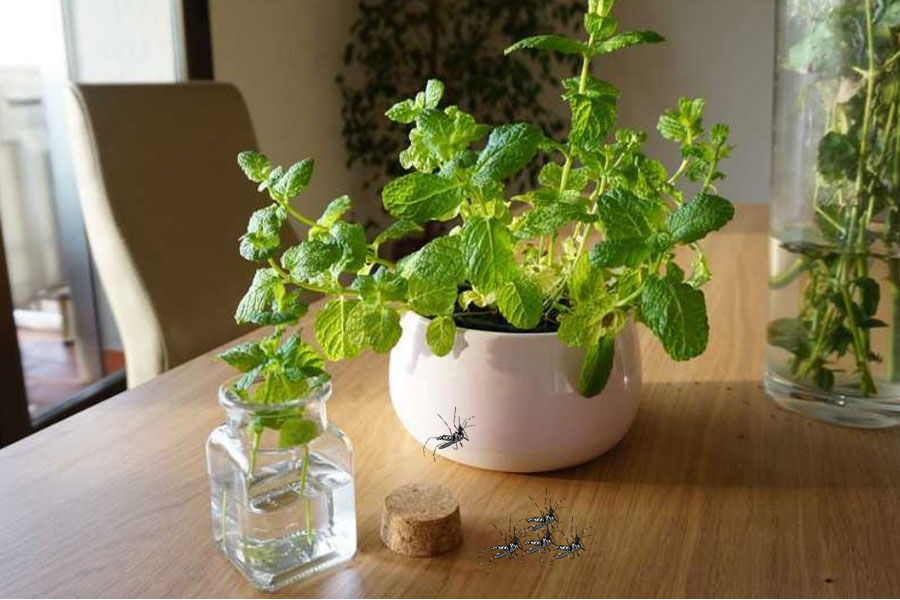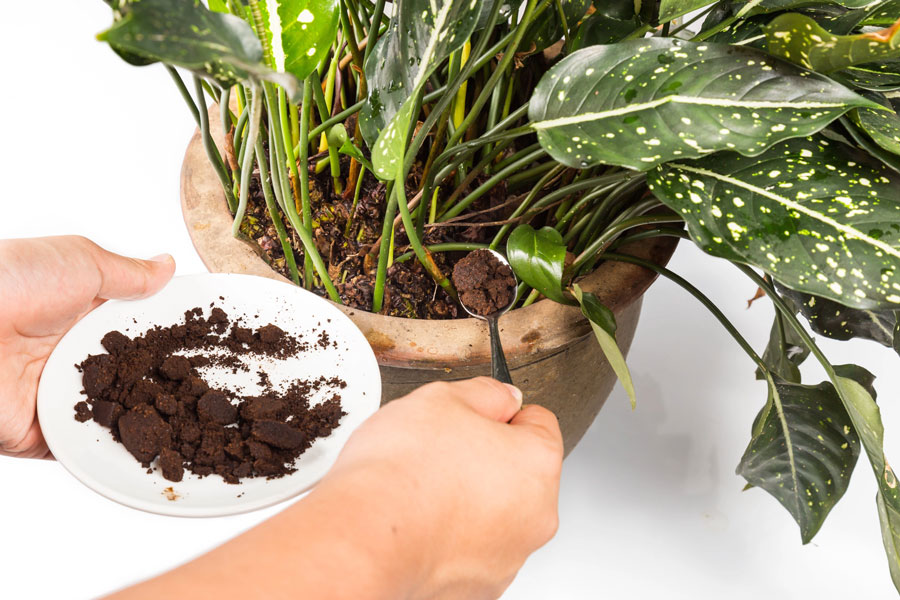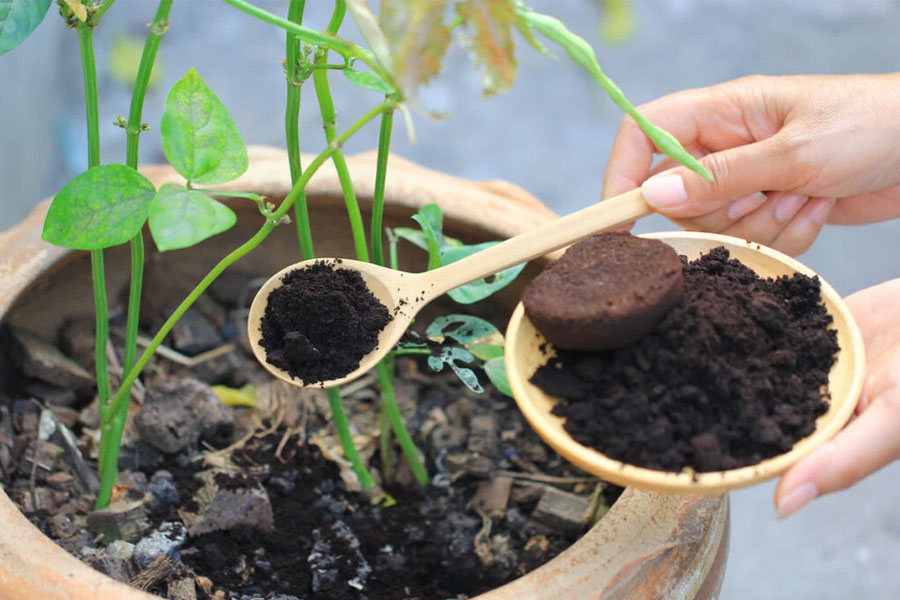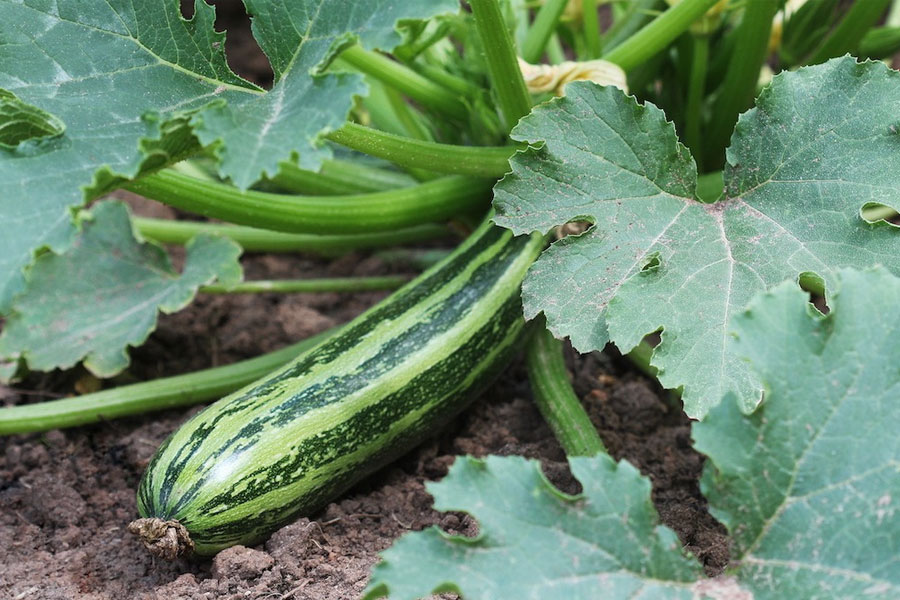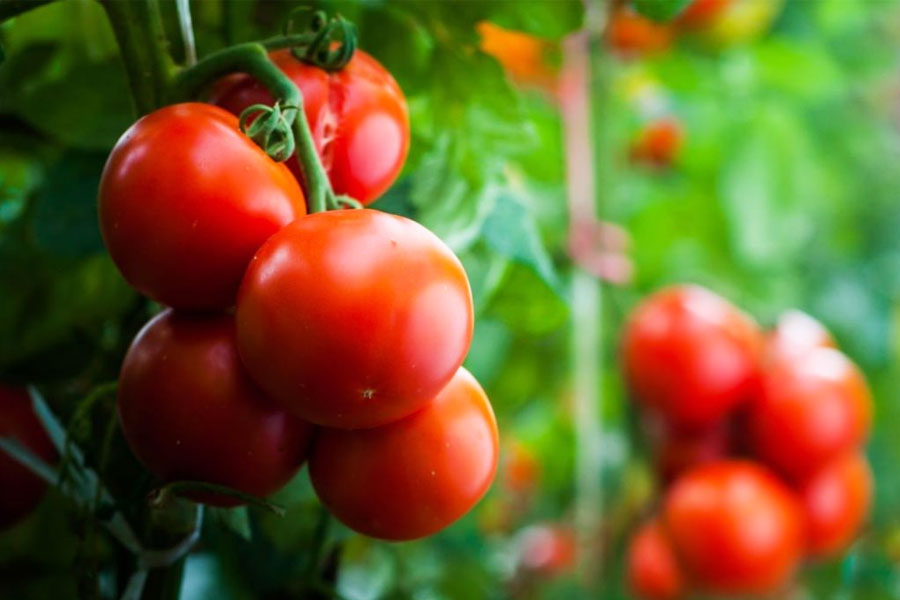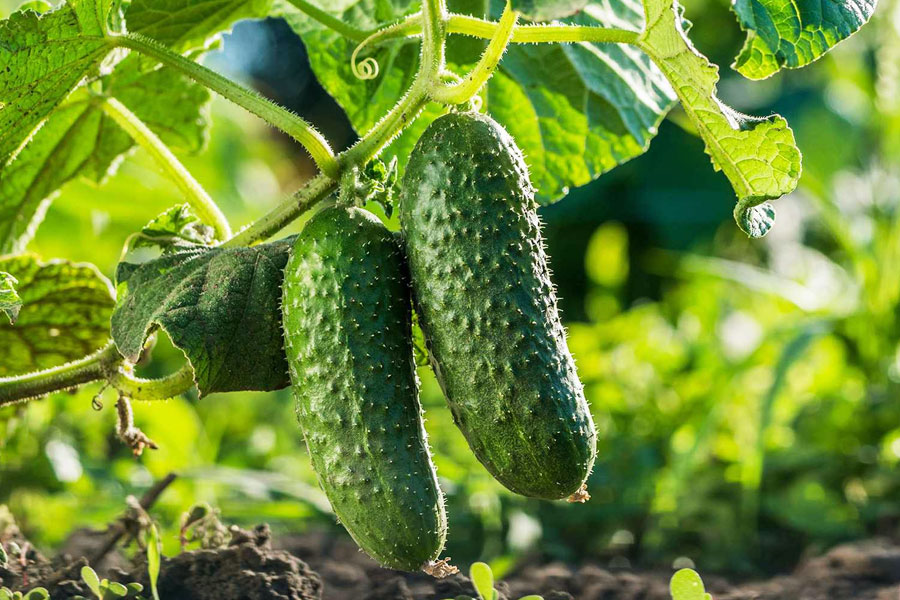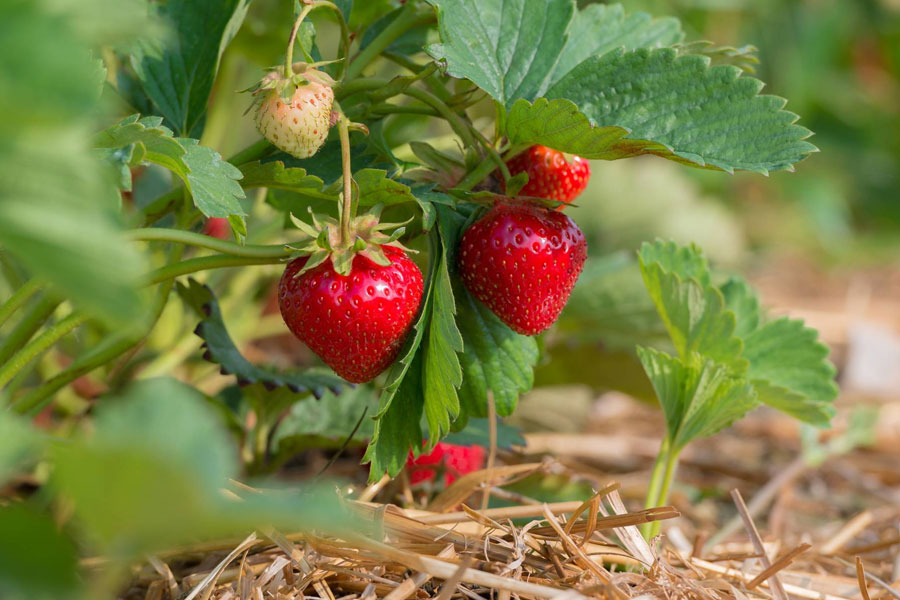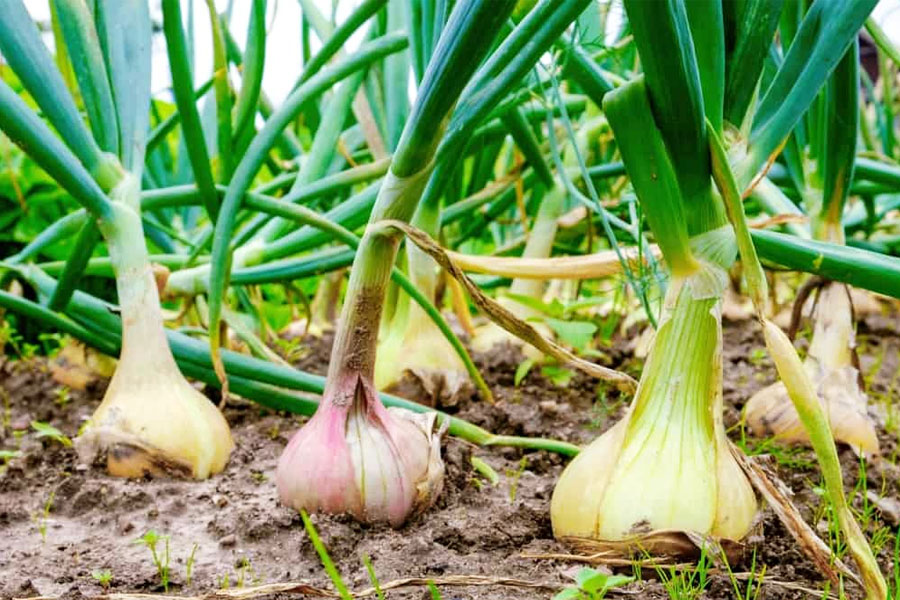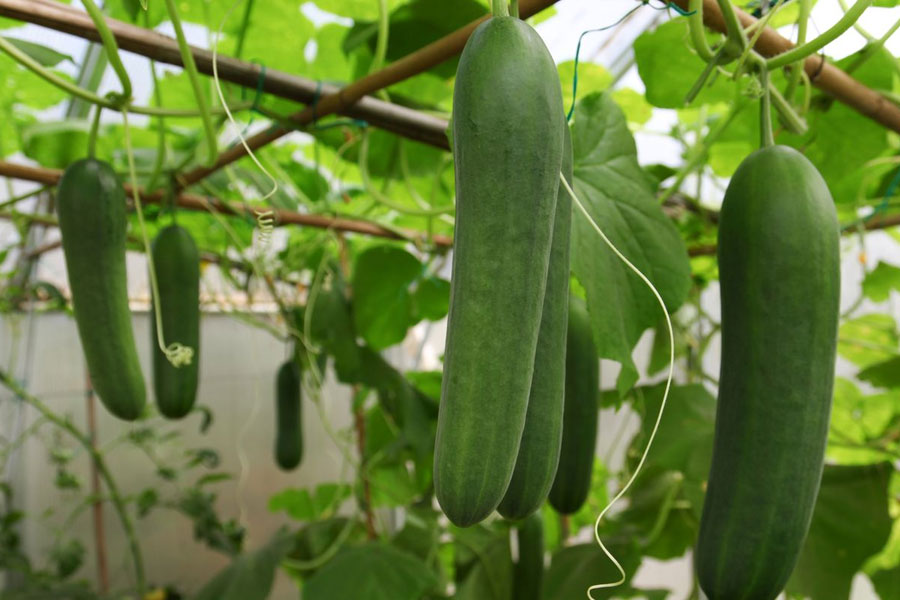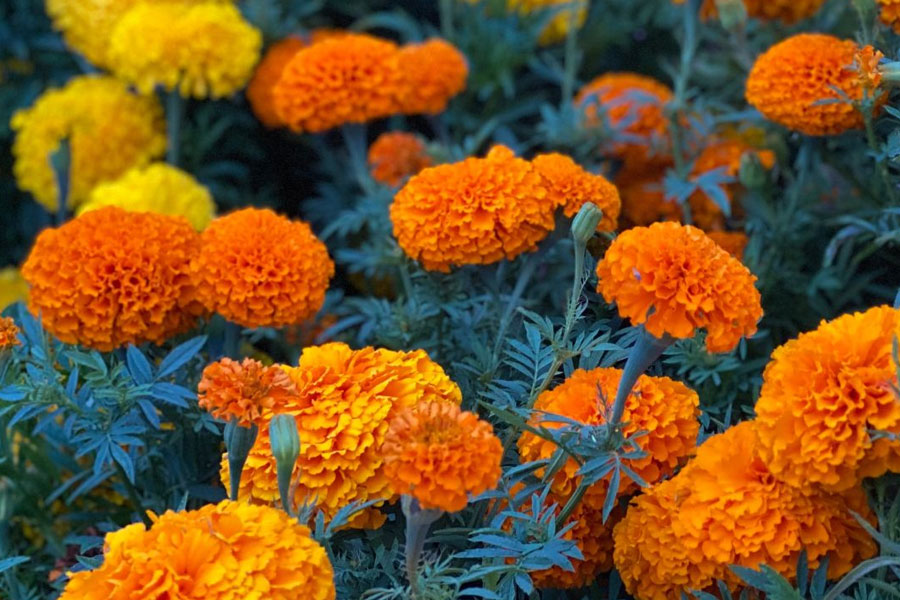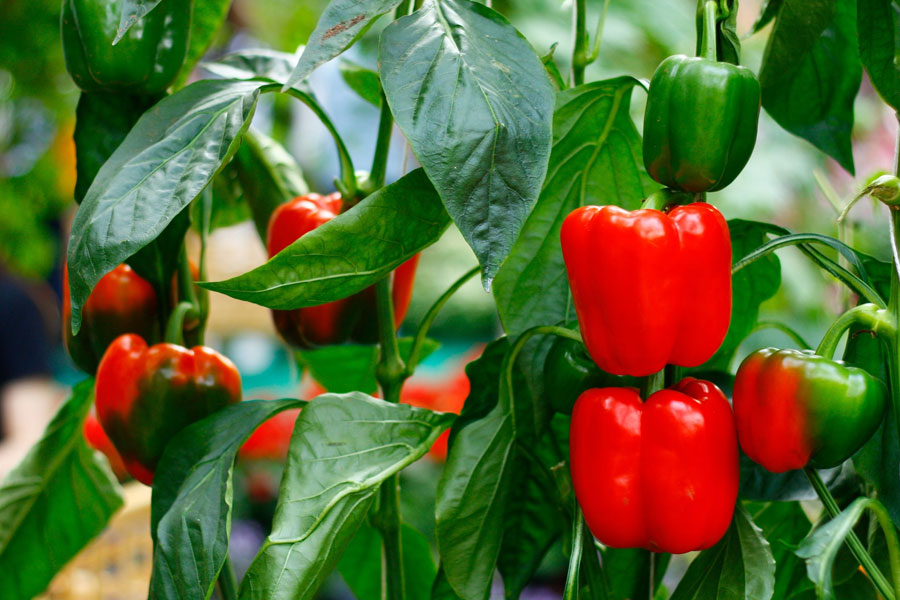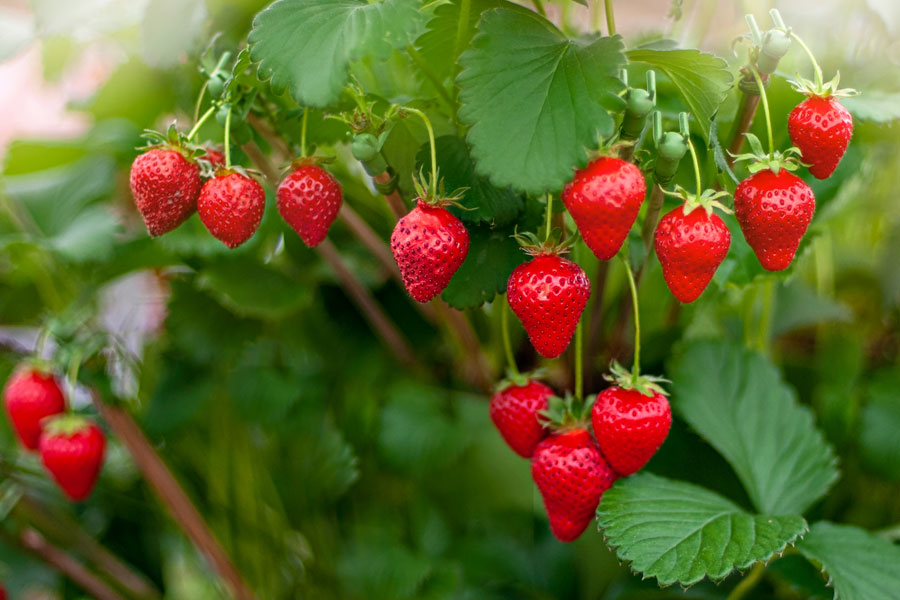
Strawberries are among the most popular and widely consumed fruits in the world. Known for their sweet flavor and vibrant red color, strawberries are not only a delicious treat but also a powerhouse of nutrients. This article provides a detailed look into the various aspects of strawberries, including their species, characteristics, growing conditions, care tips, common issues, benefits, and scientific names.
What is the Scientific Name For Strawberries?
The scientific name for the garden strawberry is Fragaria × ananassa. This hybrid species combines the traits of Fragaria virginiana and Fragaria chiloensis, resulting in the large, juicy strawberries commonly found in markets today.
Species of Strawberries
There are several species of strawberries, but the most commonly cultivated ones are:
- Fragaria ananassa: These garden strawberries are large, juicy fruits commonly found in grocery stores.
- Fragaria vesca: Also known as the wild or alpine strawberry, this species grows in wild and often used in gourmet cuisine.
- Fragaria virginiana: These Virginia strawberries, native to North America, are smaller but very flavorful.
- Fragaria chiloensis: These beach strawberries are native to the Pacific coasts of North and South America.
- Fragaria moschata: Also known as musk strawberry, these species are known for its musky aroma and flavor. They are historically popular in Europe.
- Fragaria nipponica: These Japenese strawberries are smaller and sweet in taste.
- Fragaria iinumae: These types of species are commonly found in East Asia, including Japan and Russia.
- Fragaria daltoniana: With a distinct taste and aroma, these species are native to the Himalayas.
- Fragaria nilgerrensis: Small, white to pale pink strawberries, found in the Nilgiri Hills of southern India.
Description and Characteristics
Appearance
Strawberries are characterized by their heart-shaped form, bright red skin, and small yellow seeds dotting their surface. They typically grow to be 1 to 2 inches in diameter but can vary in size depending on the variety.
Taste and Texture
Strawberries have a juicy, sweet taste with a slight tartness. Their flesh is soft and tender, making them a delightful addition to various culinary dishes.
Plant Structure
The strawberry plant is a low-growing perennial with a fibrous root system. It has trifoliate leaves with serrated edges and produces white flowers with yellow centers.
Ideal Growing Conditions
Here are the ideal conditions for growing strawberries:
1. Cool Winters and Mild Summers
Strawberries grow in cool winters and mild summers with an ideal temperature range between 15°C to 27°C.
2. Sandy Loam Soil
Fruits like strawberries prefer well-drained, sandy loam soils rich in organic matter. The soil pH should be slightly acidic, ranging from 5.5 to 6.5. Good soil drainage is crucial to prevent root diseases and ensure healthy plant growth.
3. Full Sun Exposure
Strawberries require at least 6-8 hours of direct sunlight daily for optimal growth.
4. Consistent Moisture
About 1-1.5 inches of water per week is essential for strawberries. Make sure to perform mulching to retain soil moisture and prevent weed growth.
Planting and Care Tips
Planting
- Choose the appropriate strawberry variety considering factors such as your climate, soil type, and intended use. For example, June-bearing strawberries produce a large, single crop in early summer.
- Make sure to plant strawberries in early spring as soon as the soil can be worked.
- Incorporate organic matter into the soil to ensure good drainage.
- For best results, space the plants about 18 inches apart in rows that are 4 feet apart.
Care
- You have to water the plant early in the morning to allow foliage to dry before nightfall, reducing the risk of diseases.
- You can apply a layer of mulch around the plants to conserve moisture, suppress weeds, and maintain an even soil temperature.
- Avoid over-fertilizing, as this can lead to excessive leaf growth at the expense of fruit production.
- Remove the first set of flowers from June-bearing strawberries to encourage stronger root development.
- Use organic gardening practice like companion planting to significantly contribute to the health and productivity of strawberries.
Common Issues and their Solutions
1. Poor Pollination
Poor pollination can result in the growth of small-sized strawberries. This issue can arise due to a lack of pollinators, such as bees, or unfavorable weather conditions.
Solution:- You can encourage pollinators by planting flowers around strawberry plants to attract bees. Also, avoid using pesticides that can harm pollinators.
2. Pests
Strawberries are prone to attacks from various pests such as slugs, aphids, spider mites, and birds, that result in yield reduction.
Solution:- Incorporate pest management strategies, such as regular monitoring, using barriers like netting to protect from birds, employing natural predators for insects, and using organic or chemical pesticides as the last option.
3. Diseases
Common diseases affecting strawberries include gray mold (Botrytis), powdery mildew, leaf spot, and root rot. These diseases can cause fruit rot, leaf discoloration, and plant damage.
Solution:- Keep your garden hygienic by removing diseased plants and debris.
4. Nutrient Deficiencies
Deficiencies in nitrogen, phosphorus, potassium, or other micronutrients can lead to poor growth, reduced fruit size, and chlorosis.
Solution:- Conduct a soil test to determine nutrient levels and apply fertilizers accordingly.
5. Weeds
Weeds compete with strawberry plants for nutrients, water, and light, which can hinder growth and reduce fruit production.
Solution:- You can hand-pull weeds regularly. If you don’t want to do this hectic work, you can mulch around plants to supress weed growth.
Health Benefits of Strawberries
- Strawberries are a good source of vitamin C, which is important for immune function, and skin health.
- Rich in antioxidants, such as anthocyanins, ellagic acid, and quercetin, which help protect cells from damage by free radicals, reduce inflammation and oxidative stress, which are linked to heart disease.
- Strawberries contain fiber, which helps regulate blood sugar levels and improve insulin sensitivity.
- They have anti-inflammatory effects, which can help reduce the risk of chronic diseases such as arthritis and certain cancers.
Frequently Asked Questions
1. What is the best time to plant strawberries?
The best time to plant strawberries is in early spring, after the last frost.
2. How often should strawberries be watered?
Strawberries should be watered regularly, keeping the soil moist but not waterlogged, ideally 1-2 inches of water per week.
3. How do you protect strawberries from pests?
Protect strawberries from pests by using netting to deter birds and applying organic solutions like neem oil for insects.
4. How can I increase strawberry yield?
Increase strawberry yield by removing runners, using balanced fertilizers, and ensuring plants receive full sun.
5. What are common diseases affecting strawberries?
Common diseases include powdery mildew and gray mold, which can be managed by ensuring good air circulation and avoiding overhead watering.

